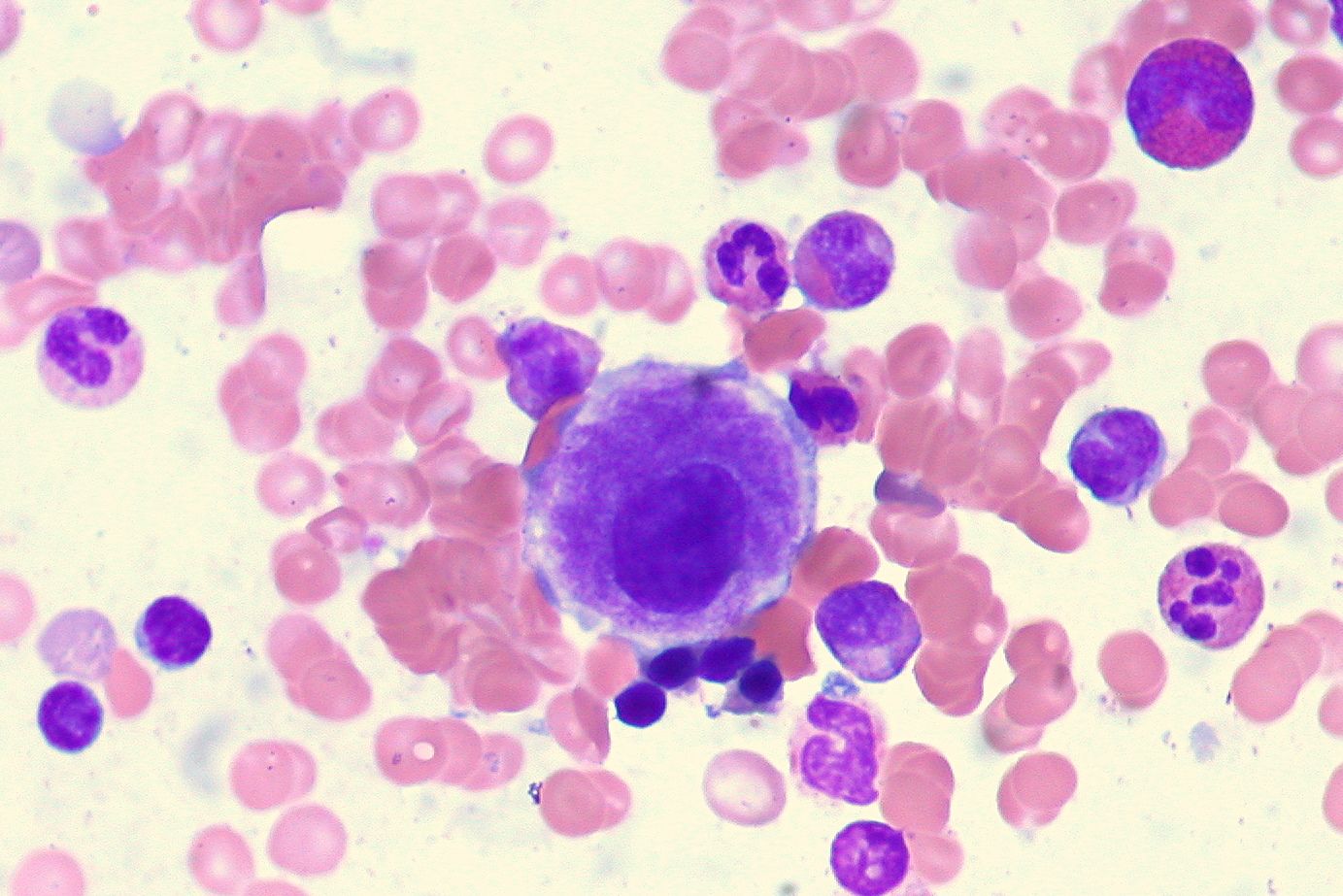Vulnerability ‘Trumps’ Disease Risk as a Quality of Life Predictor in MDS
A recent analysis of patients with several different hematologic malignancies finds that vulnerable patients report having worse health-related quality of life across all measures.
“Our analyses affirm the need for a baseline marrow assessment to diagnosis MDS—even among patients with suspected disease who feel well—and suggest that both HRQOL and several specific questions about physical function be routinely assessed as well,” the study authors stated.

Both patient vulnerability and disease risk correlated with health-related quality of life (HRQOL) among patients with myelodysplastic syndromes (MDS), myeloproliferative neoplasms (MPN), or other hematologic malignancies, according to an analysis of a population drawn from the National Heart, Lung, and Blood Institute MDS Natural History Study (NCT02775383). However, investigators noted that vulnerability may have more of an impact on HRQOL vs disease risk.
Vulnerable patients, defined as older patients at risk for health deterioration, reported significantly worse HRQOL across all measures. This tendency held true for those with MDS/MPN, idiopathic cytopenia of undetermined significance (ICUS), acute myeloid leukemia (AML) with less than 30% blasts, and those otherwise deemed at risk.
When comparing HRQOL using the Patient Reported Outcomes Measurement Information System (PROMIS) Short Form-Fatigue questionnaire, the mean score among vulnerable patients with MDS was 49.5 (95% CI, 48.3-50.7) vs 56.0 (95% CI, 54.3-57.6) among their non-vulnerable counterparts (P <.001).
The mean Euroqol EQ-5D-5L score was 73.4 (95% CI, 70.2-76.5) among those with low-risk, 72.7 (95% CI, 67.5-77.8) among those with intermediate-risk, and 64.1 (95% CI, 59.1-69.1) among those with high-risk MDS or MDS/MPN, respectively (P = .005).
HRQOL was also significantly worse in higher-risk groups according to results obtained from the overall Quality of Life in Myelodysplasia Scale (QUALMS; P = .046), the QUALMS-P (P = .020), and the QUALMS-BF (P = .039).
However, after accounting for vulnerability, these trends were significant among non-vulnerable patients with MDS or MDS/MPN only according to the QUALMS-P, Functional Assessment of Cancer Therapy-General (FACT-G) Physical Well-Being, and EQ-5D-5L data. Among their vulnerable counterparts, disease risk and HRQOL were significantly inversely related according to the QUALMS Benefit Finding (P = .030) and the FACT-G Emotional Well-Being (P = .036) data.
“MDS and related hematologic conditions tend to affect adults of advanced age, are associated with cytopenias, and consequently, negatively affect [QOL] and survival,” the investigators wrote. “Vulnerability was prevalent, often associated with physical impairment, and overshadowed our ability to assess [QOL] differences in MDS subgroups, showing for the first time that vulnerability trumps disease risk in affecting the HRQOL of these patients.”
The MDS Natural History Study began in June 2016 and remains ongoing. Investigators of the study are enrolling patients undergoing diagnostic work up for suspected MDS or MDS/MPNs in the setting of cytopenias. This recently-published analysis included 94% (n = 449) of registered patients enrolled for longitudinal follow-up with vulnerability data available.
Overall, 55% of patients had MDS, 9% had MDS/MPN, 3% had AML with less than 30% blasts, 11% had ICUS, and 22% were otherwise at risk. Most patients with MDS and MDS/MPN (57%) had lower-risk disease according to revised International Prognostic Scoring System criteria, and the remainder were split between intermediate-risk (21%) or higher-risk (22%) disease.
The population had a mean age of 72 years. Most patients (68%) were male, White (93%), and non-Hispanic or Latino (95%).
The mean age differed significantly across diagnostic categories (P = .039); the MDS/MPN group was the oldest, with a mean age of 77 years old, and the ICUS group was the youngest, with a mean age of 70 years old.
According to the investigators, limitations to these findings include incomplete collection of HRQOL and vulnerability data, a disproportionately high percentage of White patients in the assessed population, and the use of the Vulnerable Elders Survey (VES-13) rather than a gold standard comprehensive geriatric assessment of frailty.
“Our analyses affirm the need for a baseline marrow assessment to diagnosis MDS—even among patients with suspected disease who feel well—and suggest that both HRQOL and several specific questions about physical function be routinely assessed as well,” the investigators concluded.
Reference
Abel GA, Hebert D, Lee C, et al. Health-related quality of life and vulnerability among people with myelodysplastic syndromes: a US national study. Blood Adv. Published online May 5, 2023. doi:10.1182/bloodadvances.2022009000
Pelabresib/Ruxolitinib Improves SVR35/TSS Outcomes in Myelofibrosis
December 12th 2023The combination of pelabresib plus ruxolitinib shows improvement in hemoglobin response in the MANIFEST-2 trial, supporting a potential shift in the future treatment of patients with JAK inhibitor–naive myelofibrosis.